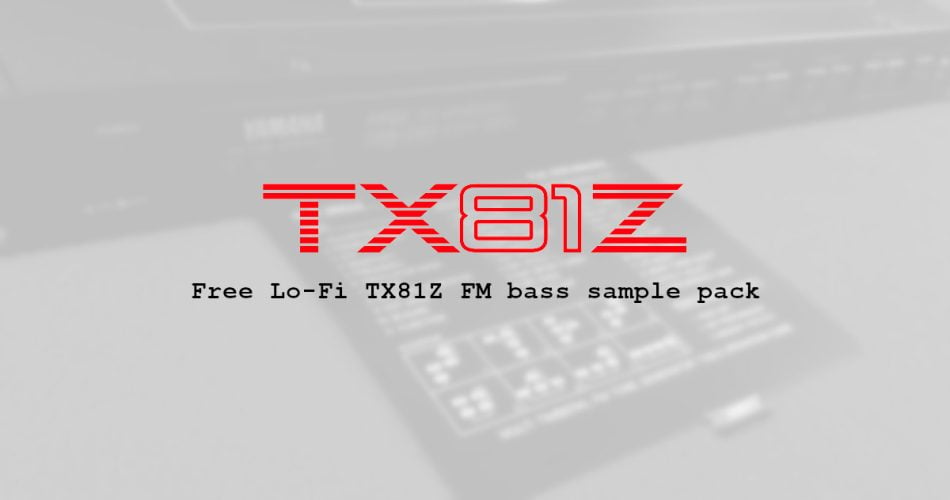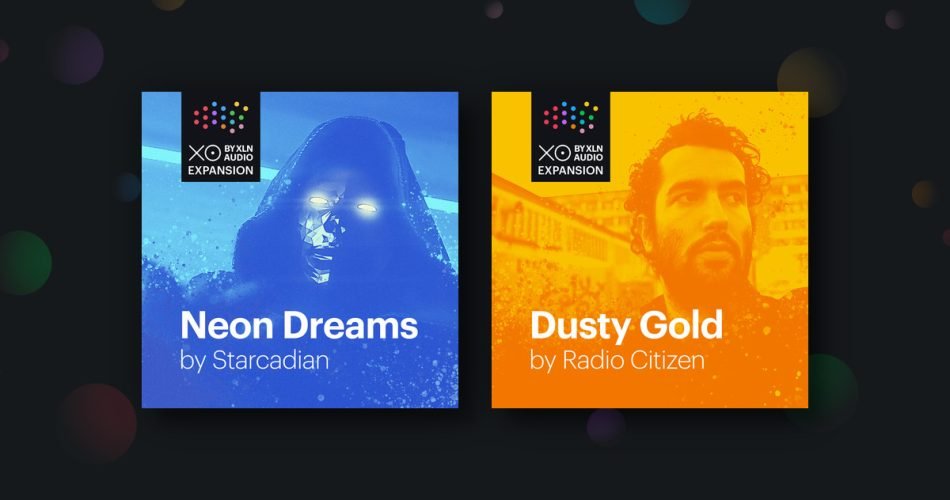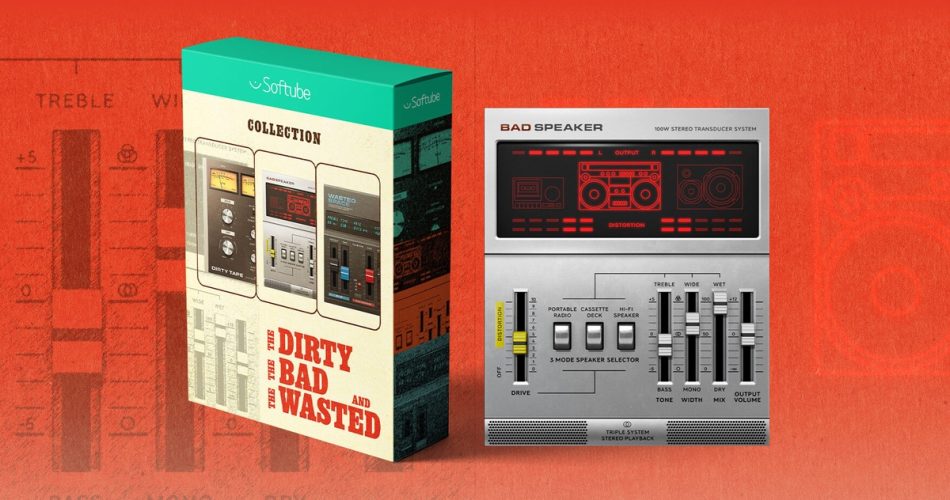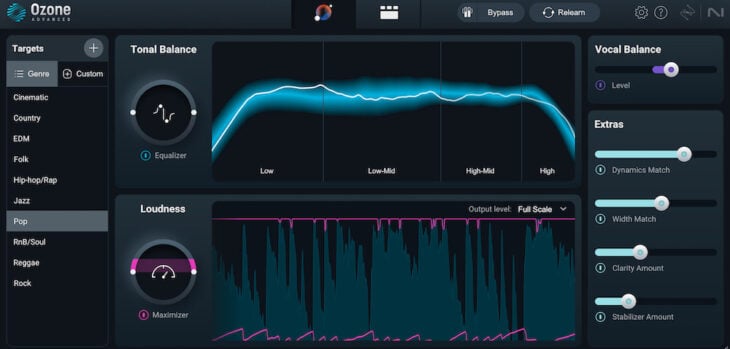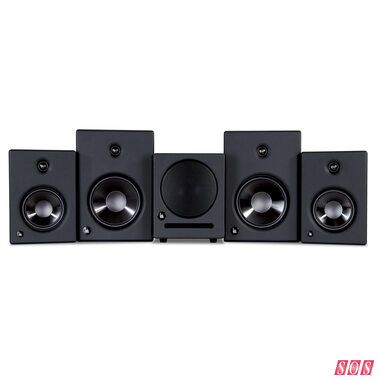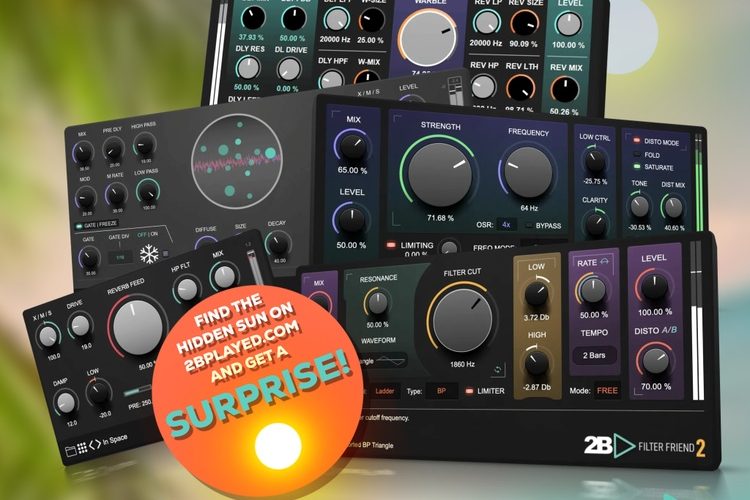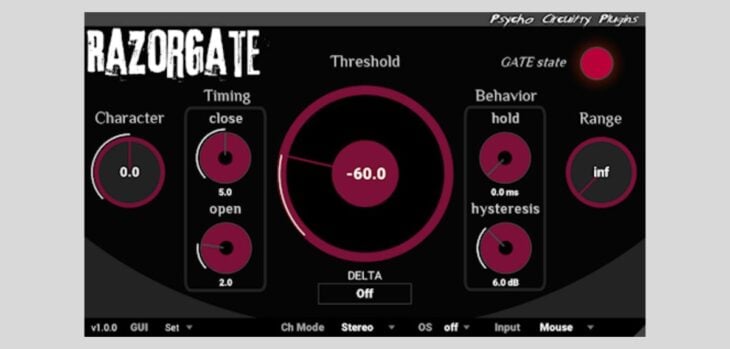The Beginners Guide to Making Boom Bap Drum Beats
Boom bap, a subgenre of hip-hop that emerged during the 1990s’ renowned “golden age of hip-hop” is a style all its own. In boom bap, producers often emphasize crisp, old-school drum sounds with a groovy swing infused with jazzy musical elements and melodic bass lines. The genre got its name from its distinct sound, symbolizing …
The post The Beginners Guide to Making Boom Bap Drum Beats appeared first on Beat Production.
Spitfire Audio's latest library combines two flutes and a piccolo, recorded in Abbey Road's Studio One.
https://beatproduction.net/
Boom bap, a subgenre of hip-hop that emerged during the 1990s’ renowned “golden age of hip-hop” is a style all its own. In boom bap, producers often emphasize crisp, old-school drum sounds with a groovy swing infused with jazzy musical elements and melodic bass lines.
The genre got its name from its distinct sound, symbolizing the mighty “boom” of a kick drum and the sharp “bap” of a snare.
Unlike the late 80s breakbeats that dominated hip-hop, boom-bap producers took a different approach, skillfully slicing and dicing drums and meticulously programming them with swing quantization to create funky, head-bobbing grooves. Boom Bap took the music industry by storm, and still remains a favorite among music producers to this day.
Many even say that the era’s producers are widely regarded as pioneers in creative sampling, as they pushed the boundaries of what people thought was possible in music. Renowned figures such as J Dilla, Pete Rock, Mobb Deep, 9th Wonder and DJ Premier have left an indelible mark on hip-hop and all other genres reliant on sampling, frequently using an AKAI MPC. Their groundbreaking contributions continue to resonate and inspire artists to this day.
If you want to start crafting your own patterns for epic boom-bap beats like these hip-hop pioneers, you’ve come to the right place. Come dive in with us as we explore the ins and out of boom-bap and how to create boom-bap pattern patterns.
Choosing good Boom Bap Drums from a Sample Library
So many producers have the “fix it in the mix” mentality these days, finding sub-par sounds and samples and trying to manipulate them to death with plugins and processing.
With boom-bap, that method is a no-go.
You need killer raw sounds right off the bat, and the easiest way to do that is buy buying a high quality boom bap drum kit.
I truly cannot overstate the significance of selecting a high-quality sample library when it comes to producing authentic boom-bap music.
A solid sample library can act as a treasure trove of carefully curated sounds, capturing the essence of classic elements found in boom-bap, from vinyl record scratches to iconic drum breaks. At its foundation, a great sample library will provide you with a vast array of raw materials to draw upon, so you can have that inspirational spark from the get-go.
By choosing a carefully curated boom-bap sample library, you’ll have access to a rich palette of sounds that embody the authenticity and nostalgia of this subgenre.
This is where the Ultimate Boom Bap Bundle comes in.
The team at Beat Production dedicated years of meticulous effort to curate this collection of boom-bap kits that impeccably encapsulate the timeless sounds of yesteryear.
In this exclusive bundle of samples, you’ll get access to four of our best drum kits:
- Hard Knocks
- MPC Drum Kit
- Ruff Delights
- Boom Bap Addict
Of course, once you get your hands on these solid kick drums, snappy snares and crispy hats, you’ll need to start figuring out how to build the drum patterns behind classic boom bap beats.
If you’re looking for more sounds, here’s a great round up of some of the best boom bap sample packs.
5 Old School Boom Bap Drum Patterns to Learn
Nas – “N.Y. State of Mind”
There’s no more iconic boom-bap song than Nas’ legendary “N.Y. State of Mind,” and the drum groove is a prime example of the classic boom-bap sound. Produced by DJ Premier (one of my favorite hip hop producers), the drum pattern is characterized by its raw and gritty nature.
To this day, I don’t think there’s a drum groove that better captures the essence of New York City streets.
The kick drum in “N.Y. State of Mind” is deep, punchy, and hard-hitting, providing a strong foundation for the groove and delivering a powerful thump that drives the track forward. You can hear it on the 1 of each groove to provide a strong entrance, though it skips the 3 and lands on the “and” of 3 instead, providing a split second of hang time.
The snare sounds sharp and snappy, landing on the second and fourth beats of each measure with some ghost notes in-between. It’s got a tight and crisp sound that helps it stand out of the groove, providing that signature snap that keeps your head bobbing.
The hi-hats are pretty straightforward on the eighths with a slight swing to create a sense of movement and groove, giving the track an infectious and head-nodding energy and providing the perfect backdrop for Nas’ vivid storytelling.
Gang Starr – “Mass Appeal”
The drum groove on Gang Starr’s “Mass Appeal” is a bit different than “N.Y. State of Mind” with a tighter and funkier rhythm that forms the backbone of the song.
The track was also produced by DJ Premier, featuring a signature yet distinct boom-bap style.
The main elements of the groove include a punchy kick drum, snappy snare hits, and crisp hi-hats. Just using similar drum tones – which are included in the Ultimate Boom Bap Bundle – goes a long wy toward nailing the sound.
What’s interesting about this groove is the kick drum, as it doesn’t land on the 1 and 3 like you’d expect. Instead, it starts on the “ands” of 2 and 3, providing a slight bit of suspense before the natural drum beats.
The snare drum in “Mass Appeal” is particularly distinctive too, thanks to its sharp and crisp attack that solidify the groove by slamming down on the backbeats.
The hi-hats play on the eighths in the closed position, giving the groove a tight and consistent sound and cutting out every once in a while to provide a bit of variety.
What really sets this track apart, however, is how DJ Premier incorporates other percussive elements into the drum groove, such as tambourines or shakers, when the hook kicks in, providing an additional layer of rhythm to keep the track feeling dynamic.
A Trible Called Quest – “Check the Rhime”
Tribe Called Quest is one of my favorite hip-hop groups, and the drum groove on “Check the Rhime” is a prime example of both the group’s signature style and the production skills of Q-Tip.
The track, which hit the streets back in 1991, showcases a jazzy, laid-back drum pattern with the perfect mix of simplicity and energy. As with many other Tribe tracks, the main elements of this groove include a hard-hitting kick drum, snappy live snares, and syncopated hi-hats. This track elevates one of those classic hip hop drum patterns to a new level.
The deep and punchy kick drum hits on the downbeats of the 1 and 3, providing a solid foundation for the track, while the tight and crispy snare sits (which are almost a cross between a straight snare hit and a rim) on the backbeats.
The hi-hats are pretty straightforward here, playing on the eighths in a closed position to provide consistency.
What really sets this track apart, though, is the other pieces of percussion that Q. Tip adds, including the congas and shakers. Without them, the groove wouldn’t have the same texture to or rhythm.
Wu-Tang Clan – “C.R.E.A.M.”
Wu-Tang Clan’s “C.R.E.A.M.” is a classic example of the group’s gritty and raw production style.
Released in 1993, the track is renowned for its instantly recognizable piano sample. However, without the hard-hitting drum pattern underneath, the overall vibe of the song wouldn’t have been the same.
The drum pattern and piano sample in “C.R.E.A.M.” centers around a sample from The Charmels’ song “As Long as I’ve Got You,” which provides the foundation for the groove. Within the sample, you get a booming kick drum, sharp, roomy snare hits, and soft, punctuated ride hits.
The kick drum in “C.R.E.A.M.” is characterized by its deep and heavy sound. providing a solid, driving force on the 1 and 3 with a distinct punch and impact.
The snare drum, however, is the true standout element, falling on the backbeats with its snappy yet roomy tone. They kept it simple to provide a strong sense of the groove.
Lastly, you have the soft ride cymbal sample, which plays a straight eighth pattern tucked away behind the main elements, providing a sense of ambiance and tying the empty spaces together.
Pete Rock & CL Smooth “They Reminisce Over You (T.R.O.Y)”
One of my absolute favorite old-school hip-hop tracks, the drum groove on “They Reminisce Over You (T.R.O.Y)” is a quintessential example of classic boom-bap, offering simplicity, tightness, and swing.
The foundation of the groove is the breakbeat from Tom Scott and The California Dreamers’ song “Today,” consisting of a prominent kick drum on beats one and “and” of two, providing a strong rhythmic foundation, and the snare drum with a short, snappy decay that lands on the two and four.
The hi-hat sticks to a relatively straight eighth with different fills and ghost notes throughout.
Other Options You’re Not Looking to become a Boom Bap Drummer
Using MIDI Files
I get it. Not every one wants to spend all of their time programming drums. No worries! There are still tools for you out there.
First, you could consider getting MIDI files that you could then drop into your project. With MIDI files, you get to choose specific a MIDI clip for each drum element, i.e. one for the kick, one for the snare, one for the hats, and layer them together into a pattern that works for you. Then you can assign each of these MIDI notes to one of your favorite boom bap samples and you’re good to go!
Boom Bap Temple is a great option for you, since it includes over 70 different MIDI patterns that you can edit and customize to perfectly build your sound.
Using Boom Bap Loops
Another option is to purchase drum loops. These are great because they have already been fully mixed and mastered, meaning they’ll sound great the minute your turn them on. Simply insert them into your track and you’ll quickly have your own masterpiece.
While drum loops are easy to use, they do have a few draw backs. First, you can customize the drums with in the loops to create your own unique sounds, so your drums will sound like everyone else’s.
Second, you can’t easily change up the pattern if you want the chorus to be different from the verse, meaning it might be a little harder to take your song to the next level. Finally, many loops are really designed to only work one tempo, so if you want to do a song significantly faster or slower, the loop may start to sound whack.
But given how easy it is to use loops, they’re always worth considering. Just be sure to use a loop pack with great sounds built in, like LoFi Boom Bap Vol. 1.
The post The Beginners Guide to Making Boom Bap Drum Beats appeared first on Beat Production.
This is a syndicated post. To read more, click the source link above.



